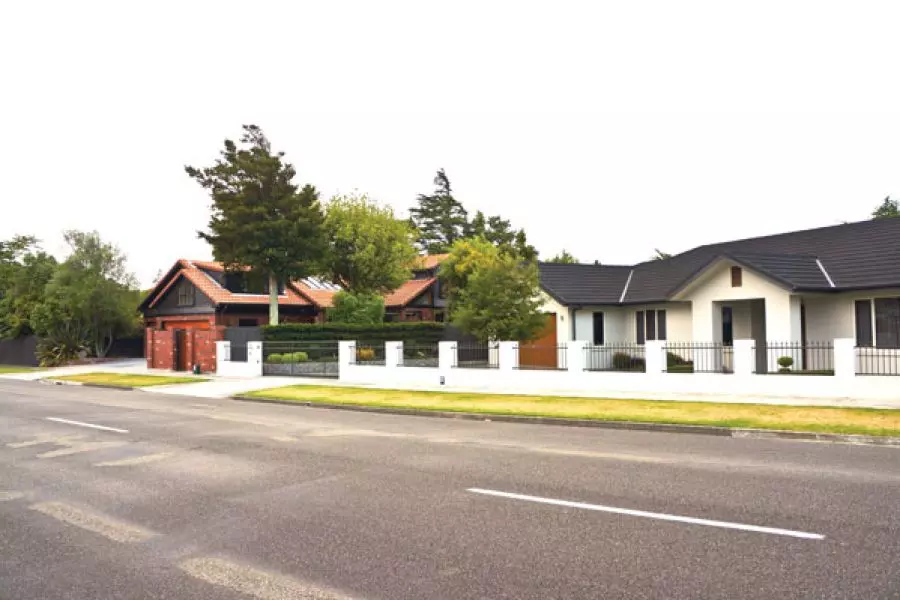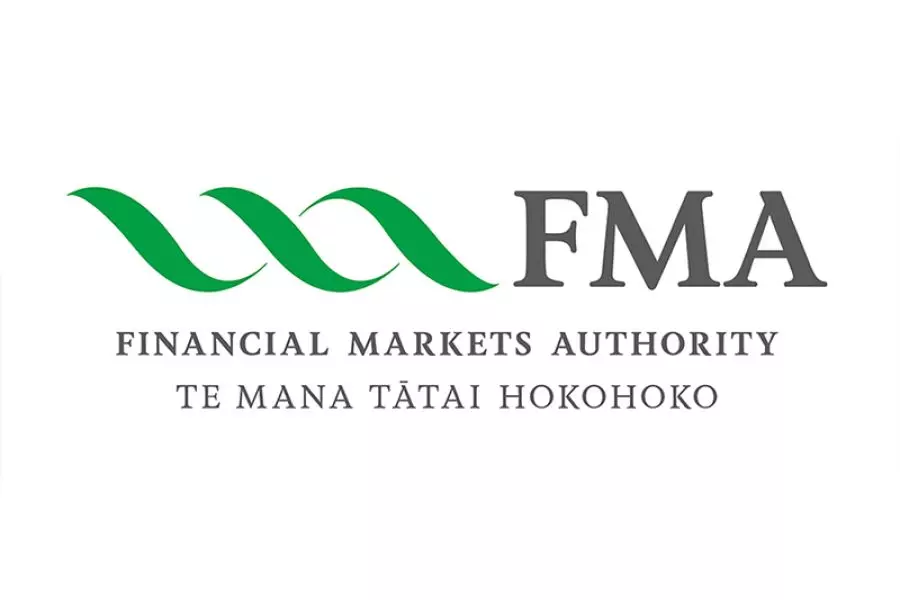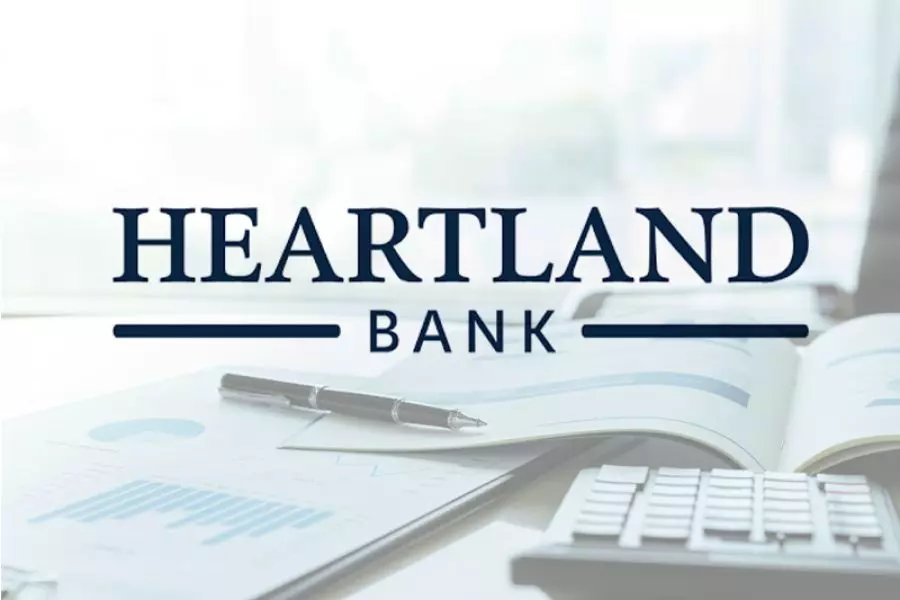News
Strength in the Manawatu shadows

Monday 29th of August 2016
It’s all too easy to overlook the quiet attractions of provincial centres for the bright lights of bigger cities. In the case of Palmerston North, a city best known for student life, this has long been the case. Yet it is the business hub of the Manawatu region, poised for economic growth and blessed with abundant n...
Want to read the full article?
Click the button below to subscribe and will have unlimited access to full article and all other articles on the site.
8 min read
10 min read









![[The Wrap] Bye Bye Bayly](https://goodreturns.publit.io/file/c_fill,w_900,h_600/39f23ac1-f7c7-4854-b700-a150004ebbac.webp)